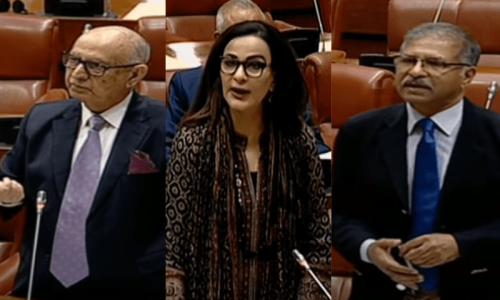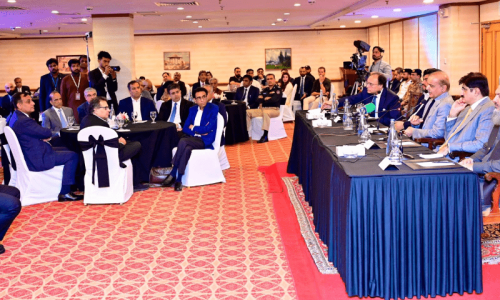KARACHI, June 12: The World Wildlife Fund for Nature, Pakistan, (WWF) is set to formally launch a six-year project next month titled the ‘Indus for All Programme (IFAP).’ It is an action plan for the Indus eco-region, which will financially be supported by the Royal Netherlands Embassy. The project has been developed after consultations with the relevant stakeholders.
Giving the details of the $10 million project, the Programme Coordinator, Mustafa Talpur, said that work has already begun on the project, the first phase of 50-year Indus Eco-region Conservation Programme, which is part of a global initiative, G-200 Eco-regions.
“There are 238 eco-regions in the world and Pakistan has five of them, while the Indus eco-region has been identified among the 40 biologically most significant eco-regions in the world. It partially or fully covers 18 districts of Sindh, including Thatta, Badin, Hyderabad, Dadu, Nawabshah, Sanghar, Khairpur and Umerkot.
The major habitats present in the Indus eco-region include riverine forests, freshwater lakes, brackish and salt lakes, mangrove forests, the main delta region and the main river course,” he said.
A steering committee for the Indus eco-region was constituted in October, 2005. It is headed by the additional chief secretary (development), planning and development department, Sindh.
The WWF is the member secretary while other members include secretaries of various departments of the government of Sindh and representatives of the Federation of Pakistan Chamber of Commerce and Industries.
A preliminary environmental baseline study of the IFAP has been completed in March of this year.
About the implementation of the project, he said that all stakeholders, from the village, union council, and district levels to the provincial and federal authorities, would be engaged. The IFAP has been envisaged in four of the 15 prioritised ecosystems of the Indus eco-region: Kinjhar Lake (district Thatta), Chotiari Reservoir (district Sanghar), Keti Bundar (district Thatta), and Pai Forest (district Nawabshah).
“In all these areas, poverty among the local communities is high and there are direct threats to the environment. Overexploitation of the fish stock, use of hazardous nets, destruction of mangroves and the release of effluent into freshwater lakes has severely disturbed the aquatic life. The reduction of freshwater and the intrusion of the sea has turned fertile land barren,” he remarked.














































Dear visitor, the comments section is undergoing an overhaul and will return soon.